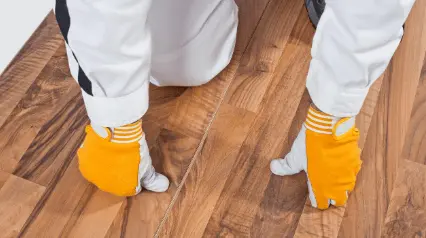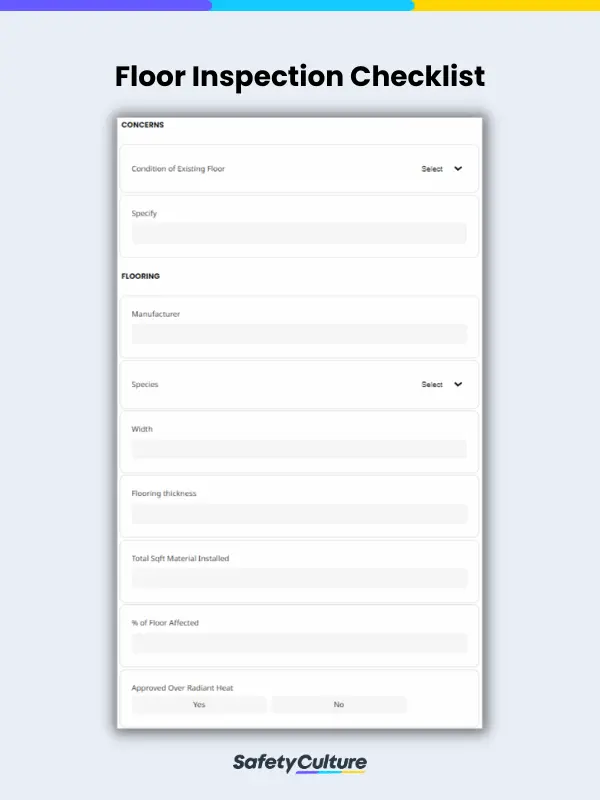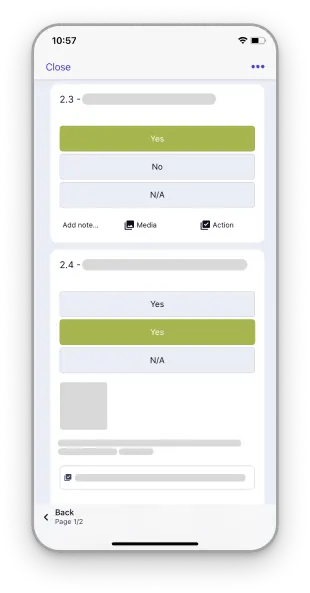What is a Floor Inspection Checklist?
A floor inspection checklist aids certified flooring inspectors in performing industry standard tests to help determine the quality of flooring work and potential causes of failing floor coverings. With the help of this floor inspection tool, inspectors can help property owners immediately rectify issues, prevent further flooring deterioration, and improve safety in their properties.
Floor Inspections: Why are they Essential?
Floor inspections are requested by homeowners, contractors, attorneys, and property management firms to help pinpoint installation errors, unsuitable site conditions, maintenance issues, and manufacturing defects in flooring installations before they put the integrity of an entire building at risk.
Often a part of pre-purchase inspections for homes and buildings, floor inspection services also serve as a due diligence measure availed by buyers to obtain unbiased information on flooring quality before they decide on purchasing the property. After an inspection, a comprehensive written flooring inspection report is furnished and used in a court of law for litigation.
What Do Floor Inspectors Look For?
A flooring inspection checklist helps flooring detectives to strictly follow an inspection routine and detail identified issues in a flooring inspection report. Here are the most common flooring issues that can be uncovered during a flooring inspection:
- Cupping and Crowning: These can happen when there is excess moisture beneath the boards or there is a very dry environment above it. Cupping occurs when board edges are higher than the center, while crowning is the opposite.
- Buckling: It is identified as an extreme reaction to moisture wherein the floor lifts up completely in one or more parts of the board.
- Peaking: Often discovered in laminate floorings, peaking appears when the flooring planks push each other and cause the joints to be lifted. It is often a result of expansion pressure in the floor because of the lack of space to do so.
- Sinking/Sagging Floors: Usually a prevalent issue in older buildings, sinking and sagging floors are often attributed to age. Moisture and water can weaken structural foundations over time and cause the floors to subside or sink into their footprint.
- Gaps: Typical in hardwood floors, gaps normally happen when the wood loses moisture content. These gaps can start to appear once the temperature heats up due to higher humidity.
- Squeaky Floors: These are common findings in older properties. It is often caused by unbarred sub-floor structures. They need to be addressed immediately as they can indicate an underlying serious issue.



